
Improving engagement in care in the Luton Liaison & Diversion service
22nd April 2021
By the Luton Liaison and Diversion service QI project team
Lorraine Adams, Fiona Kennedy (QI Project Leads); Nigel Bates (People participation, L&DS service user); Charlotte Lane (People Participation, Peer Support Worker); Anita Marshall, Matthew Speight, Stuart Williams, Gillian Stanway (Project team members); Sher Kayani (Improvement Advisor)
In this 6 minute read, learn about the Liaison and Diversion (L&D) service in Luton and their aim to reduce the percentage of clients not attending their appointments. The Covid pandemic got in the way, but their QI project gave them success they didn’t anticipate.
When individuals with a mental health condition, learning disability, substance misuse or other vulnerabilities become involved with the criminal justice system, specialist support is needed.
This support is provided by the ‘Liaison and Diversion’ (L&D) service. This specialist service refer these clients to receive the right health and social care, or enable them to find the right rehabilitation, outside of the criminal justice system. Back in July 2019, the Luton L&D service undertook a project to reduce the percentage of clients who did not attend (DNA) their appointments to these secondary care services that their support worker referred them to. They also aimed to reduce the percentage of clients who did not attend their initial appointment with the support worker. It is during these crucial appointments that client and support worker work together to develop the right plans to support the unmet needs of the client and subsequently receiving the appropriate care for unmet needs to be fulfilled.
Figure 1: The Luton Liaison & Diversion Service (Fiona Kennedy, Angie Price, Karen Bambridge, Anita Marshall, Stuart Williams, Matthew Speight)
Why?
Reducing the percentage of DNA’s, at both the initial appointment and the secondary care appointment, means clients will receive the help they need to begin their recovery journey. This also reduces the risk of subsequent contact with the criminal justice system.
The story is told by the Project Team Member, Stuart Williams (Support Time Recovery Worker).
Tell us about your project?
“…Our team strive to see improved health and social care outcomes for our clients. We work in a challenging environment where client engagement with appointments is often very poor because these are some of the most disadvantaged and vulnerable in our society. We started our project out of a desire to reach as many of these members of our society as possible. By changing our working practices, we hoped we could better engage people referred into our STR workers, whilst also engaging them with their support plans”.
We knew that 60% of our clients already attended their Support Time Recovery (STR) appointments. We also knew that 25% of our clients attended the secondary care appointments. We sought to reduce the clients who did not attend both appointments by 10%. We knew this reduction would signify real positive change in the lives of our clients and their families because they would receive the support they need.
We started off by recruiting a multidisciplinary team which also included one ELFT service user and a client with experience of the criminal justice system pathway.
What approach did you take?
We knew the way a client was referred to the service was unnecessarily wasteful. We wanted to see if a clearer, simpler scheduling process with our clients would reduce the percentage of DNA’s. Therefore, we began with conducting a high level flow chart (figure 2.) to understand the process of engaging with our clients, from the moment the client is known to the L&D service to the point of them being discharged from the service.
Figure 2: High level block / top down flow diagram
What were the results?
The change ideas tested were successful, but not in the way we initially set out to achieve.
We initially set out to reduce percentage of DNAs of both the initial appointment with the STR worker and the subsequent secondary care appointment by 10%.
We have found that the percentage of clients not attending their first appointment with the STR worker has unfortunately increased from 36% from to an average of 49% (figure 3). This increase in the percentage of DNA’s came during the time of the Covid-19 pandemic, which meant it became harder to reach those already difficult to reach since there became a greater reliance for clients having either digital technology or mobile technology to attend appointments.
Figure 3: Percentage of clients not attending appointments with the Support Time Recovery Workers
However, for those clients that did attend their appointments with the support worker, the percentage of clients that did not attend their secondary care appointments have reduced by 59% (figure 4), with DNAs reducing from 25% down to an average of just 10%. This improvement has been sustained through the pandemic.
Figure 4: Percentage of clients not attending their appointments to secondary care services
What is next for your team?
Our next steps in QI would be to continue to find ways to increase the percentage of clients attending their first appointments with the support worker. We also want to build on the improvements we have seen by reducing the number of DNAs to clients that have been referred to the drug and alcohol secondary care service. We choose the drug and alcohol service as this service contributes to a large proportion of all DNA’s we see. Finally, we are planning to embark on an Enjoying Work project where we aim to improve the experience of new starters joining the team.
What have you learnt from your experience?
We have all learned that with a few small but meaningful changes, we have been able to substantially reduce the percentage of our clients not attending their appointments to secondary care services.
Ultimately, all sections of our practice have learned the value in a QI approach to solve complex problems. We can see the benefits of our own good work within QI being passed directly onto our clients who can change, grow and have greater experiences in life and within services by way of our hard work within QI.
As a team we have grown in our own understanding, our service and, how the STR pathway is running. QI has allowed us to improve this area of our team and we intend on shining the QI light into all corners of our service.
We aim to fully understand all pathways used within our team and want to improve them with the QI approach to give our clients the most efficient and effective service we possibly can.
QI is becoming a way of life for the Liaison and Diversion team.
Most Read Stories
-
Why is Quality Control important?
18th July 2018
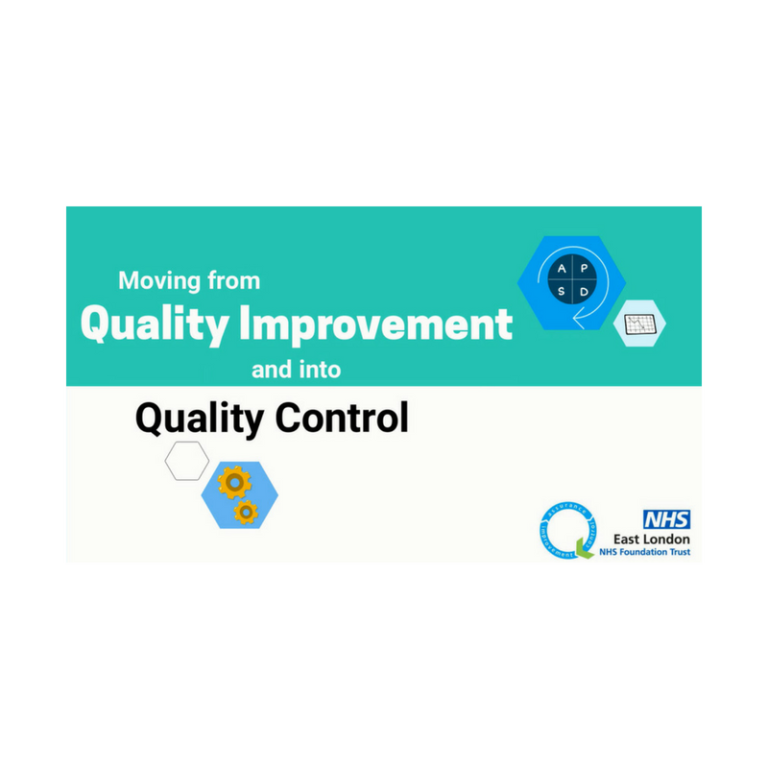
-
An Illustrated Guide to Quality Improvement
20th May 2019
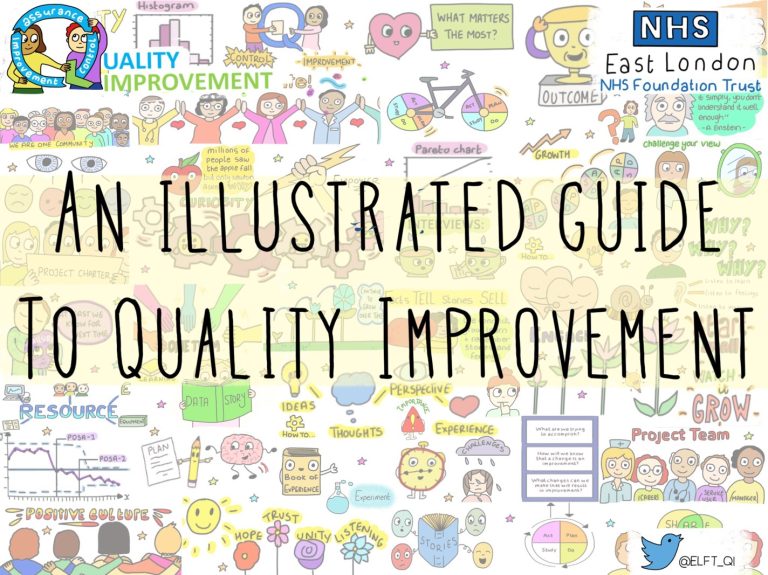
-
2016 QI Conference Poster Presentations
22nd March 2016
-
Recognising Racism: Using QI to Help Take Action
21st January 2021
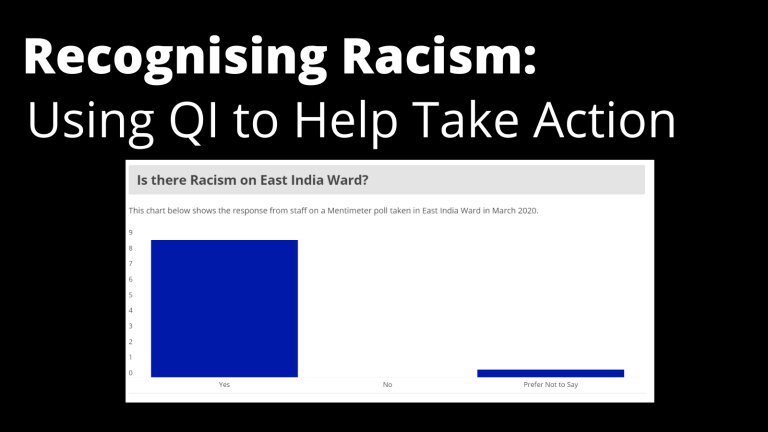
-
Using data enabled us to understand our problem
31st March 2023
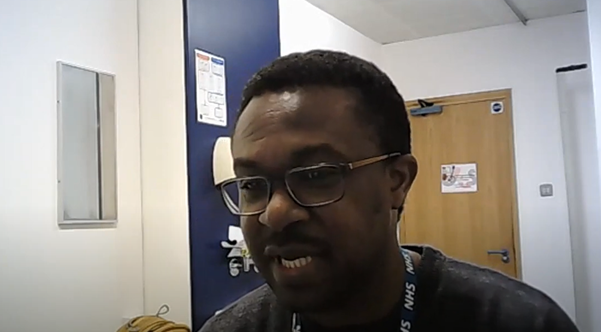
-
QI Essentials: What does a Chief Quality Officer do?
18th March 2019

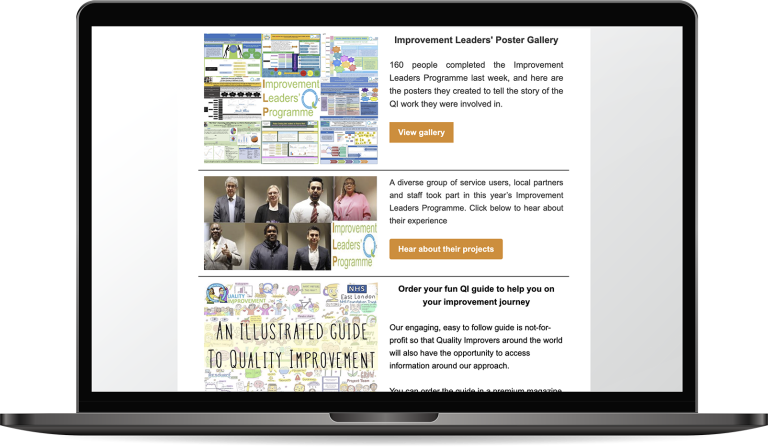
Follow QI on social media
To keep up to date on the latest concerning QI at ELFT, follow us on our socials.






